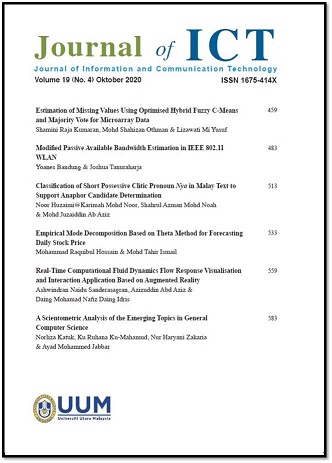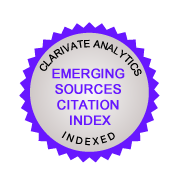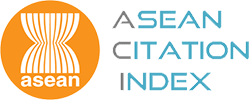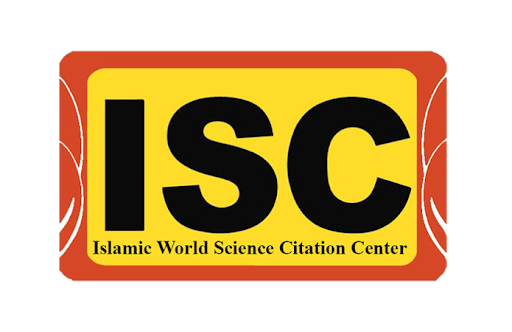Monitoring Land Surface Temperature on Urban Expansion using Normalised Difference Vegetation Index and Google Earth Engine
DOI:
https://doi.org/10.32890/jict2025.24.3.2Abstrak
Urban expansion and the corresponding increase in land surface temperature (LST) are significant environmental concerns worldwide. In Malaysia, the urbanisation rate has increased dramatically from 1970 to 2020, according to the Statistics Department. This rapid development, particularly in states such as Selangor, Johor, and Penang, has intensified surface heating and reduced ecological resilience, exacerbating the effects of climate change. Despite growing recognition of these impacts, many existing studies rely on static or predictive models that lack spatial precision and real-time monitoring. Malaysia has recorded an average LST increase since 2000, highlighting the urgent need for systematic, ICT-enabled frameworks to monitor and respond to thermal and environmental changes. This study aims to develop a scalable and replicable framework for monitoring LST changes linked to urbanisation by integrating vegetation-based indices and remote sensing technologies. The framework is demonstrated through a case study of Perak, Malaysia, which is an area experiencing accelerated urban growth and ecological stress. The study was conducted in four structured phases. First, satellite imagery from Landsat 8 and Moderate Resolution Imaging Spectroradiometer (MODIS) was collected using Google Earth Engine (GEE). Second, data preprocessing was performed to derive NDVI, Vegetation Cover Proportion (Pv), and surface Emissivity (Em). Third, spatial and temporal patterns were visualised. Finally, analysis was conducted to examine correlations between LST variation and land cover changes from 2019 to 2023. Findings reveal a consistent rise in LST and a decline in vegetation health in urbanising and deforested zones, confirming a reinforcing feedback loop of surface heat accumulation and ecological degradation. This ICT-driven framework provides a practical model for real-time environmental monitoring, supporting data-informed strategies in urban planning, reforestation, and climate adaptation, particularly in rapidly developing, climate-vulnerable contexts such as Malaysia.


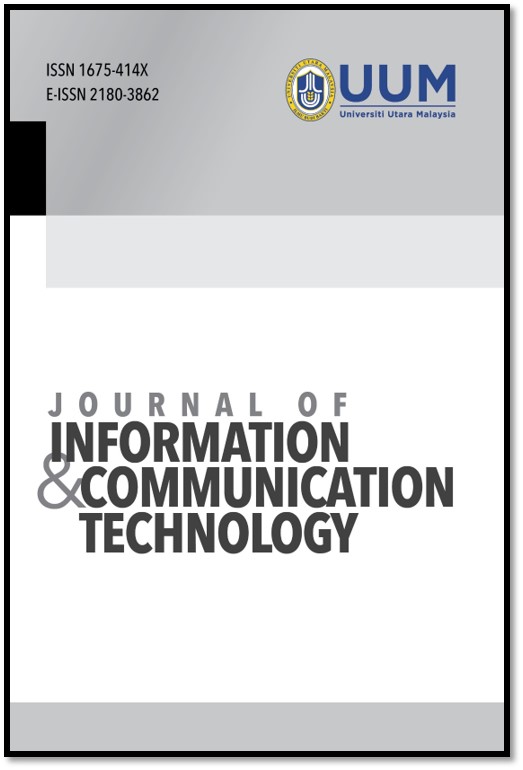 2002 - 2020
2002 - 2020